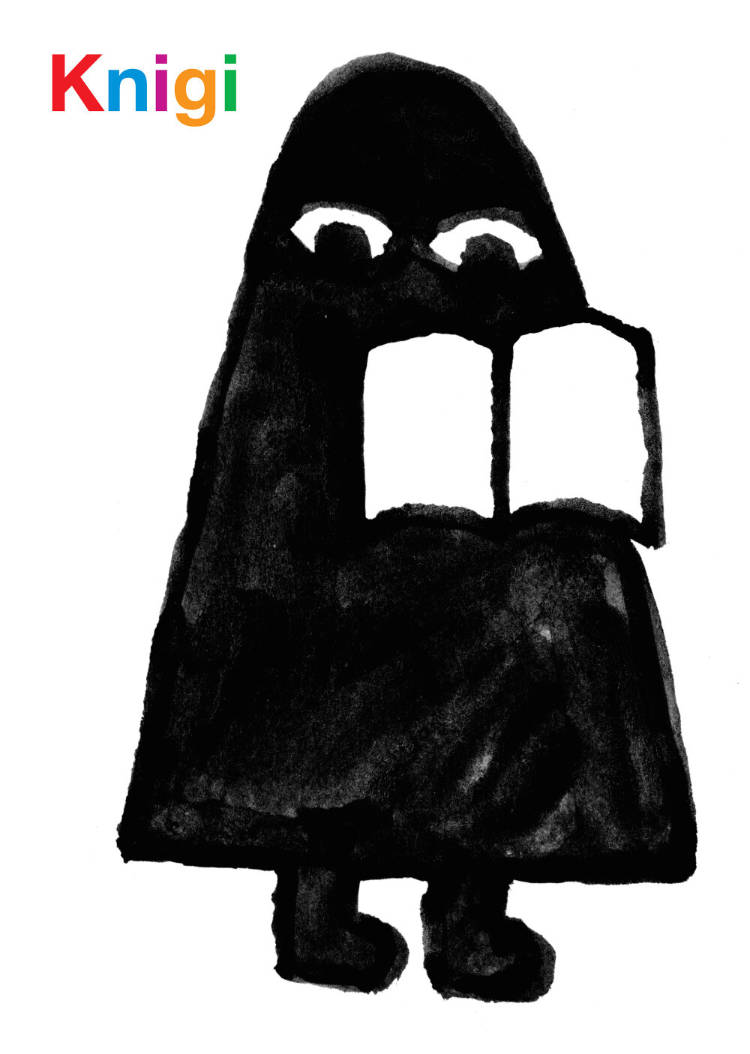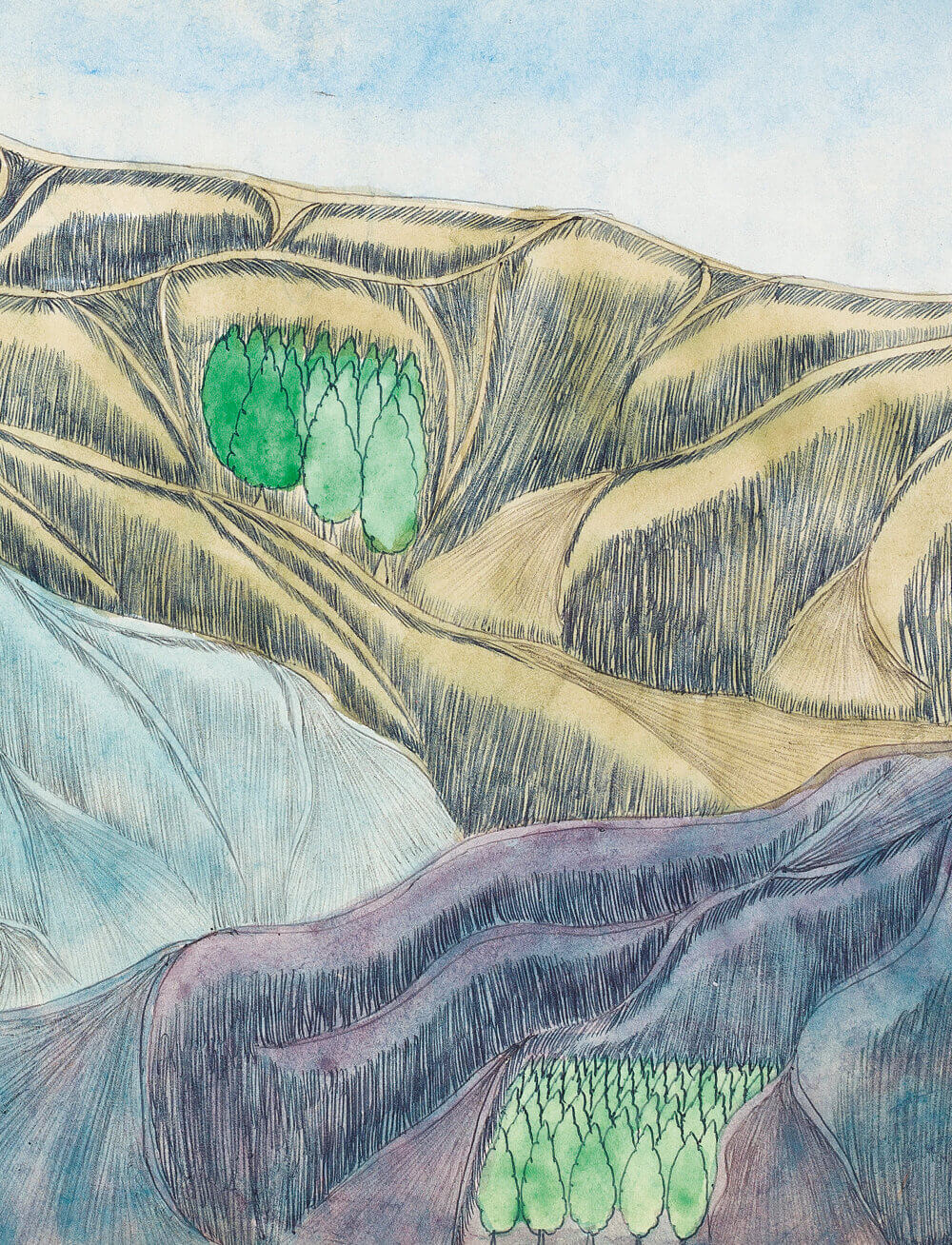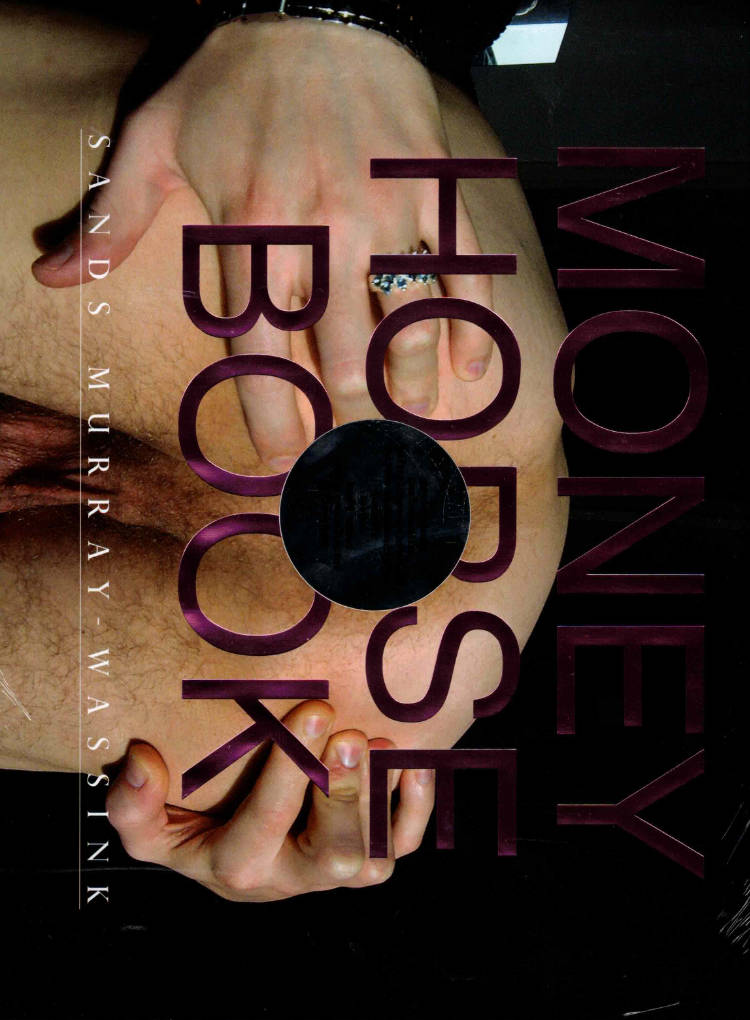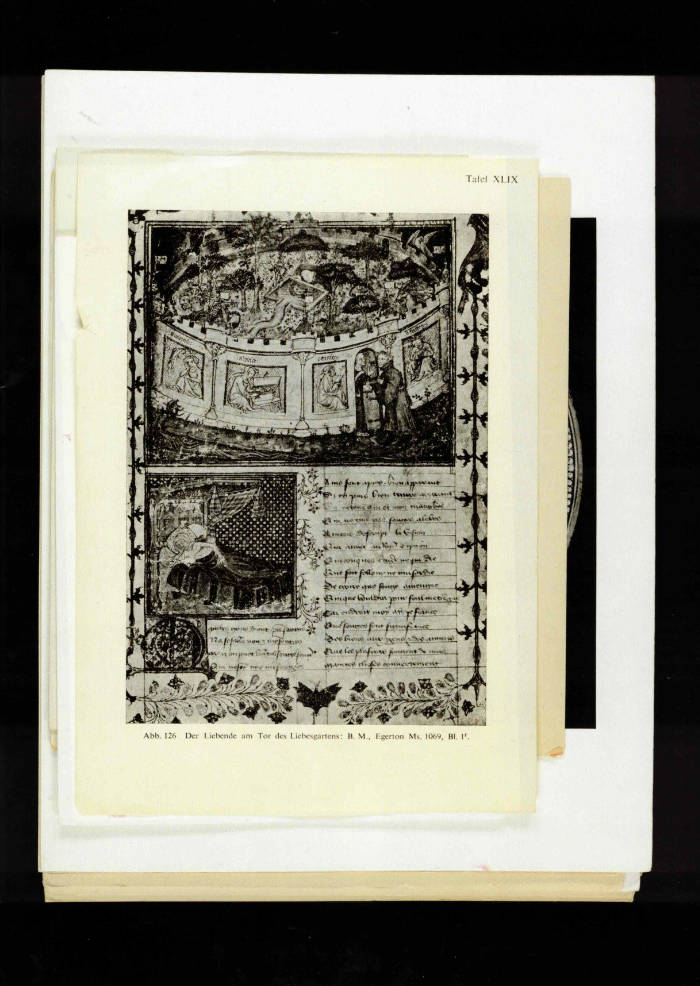
Fair Game Leipzig
“This publication was planned before it was decided to coincide it with the exhibition Fair Game Leipzig at the Museum of Contemporary Art Leipzig. It is composed of drawings that I made in 2013. The cover instead was designed in 2019 in relation to the exhibition in Leipzig. I wanted it to be in contrast with the gentle drawings inside.” — Nathalie Du Pasquier
A famous designer and co-founder of the Memphis group in Milan in 1981, Nathalie Du Pasquier (born 1957 in Bordeaux, France, lives in Milan, Italy) accompanied the (post)modern adventure around designer Ettore Sottsass, with the creation of objects, fabrics, carpets, and furniture. In 1986, she started devoting herself exclusively to two- and three-dimensional painting. Memphis's radicalism and formal inventiveness measured solely in terms of a scathing and iconoclastic postmodernism erased a little too quickly the adventure's modern foundations. Nathalie Du Pasquier's paintings are a perfect revelation of these connections: axonometric compositions applied to painting, the palette of muffled colors, objects, when they are present in the compositions, wink at the purism of a Corbusier or an Ozenfant. Mixed with memories and assimilations arising from the most tridimensional Suprematism–the architectones–some paintings and constructions also give prominence to this history of art and the applied arts.







